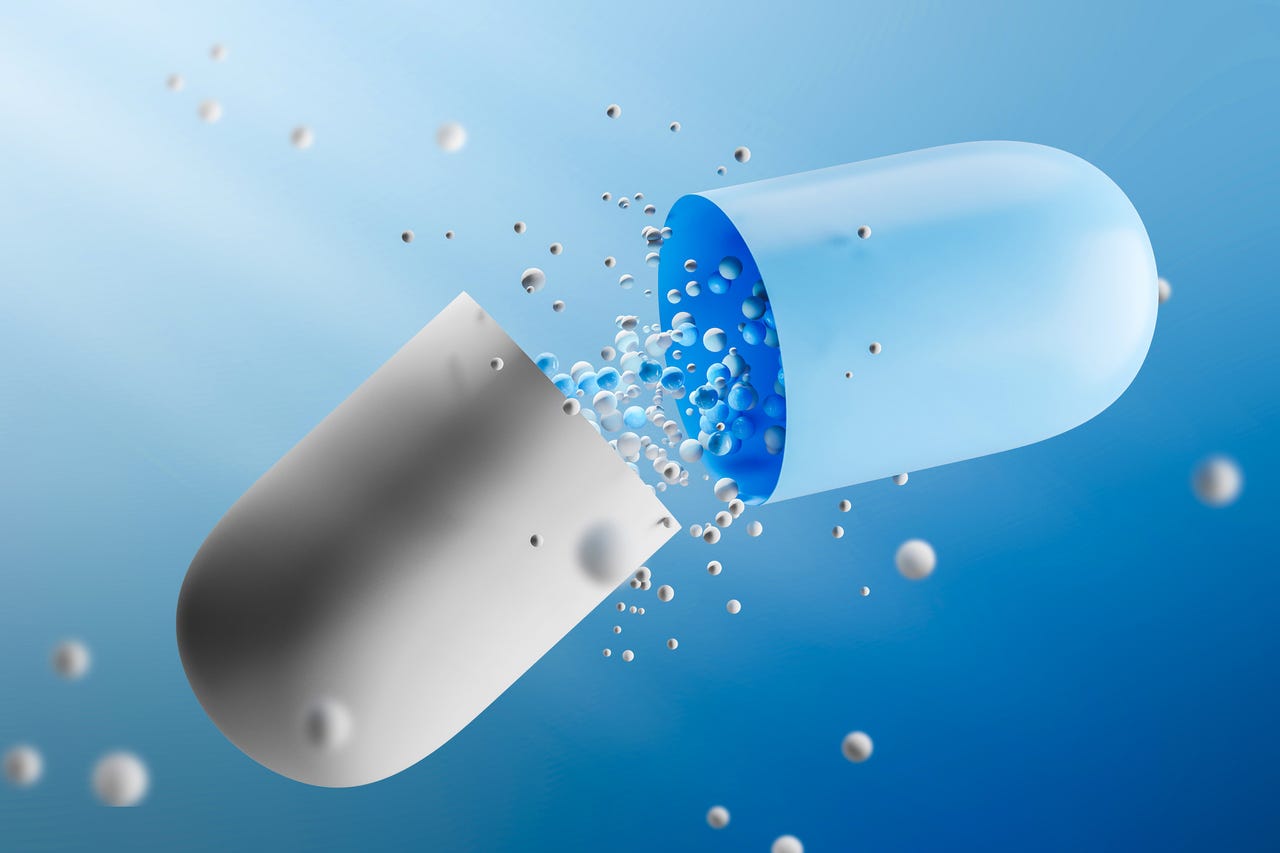
































Generative artificial intelligence (AI) models often hallucinate and invent information that isn't factual or can't be cited from source material. This behavior is usually a weakness, especially given the rise of AI-generated misinformation. In the world of bacteria, however, hallucinations are helping researchers discover new life-saving drugs.
Researchers from Stanford Medicine and McMaster University developed an AI model that revealed possible solutions for deadly antibiotic-resistant bacteria. The model, called SyntheMol, short for synthesizing molecules, created "structures and chemical recipes for six novel drugs aimed at killing resistant strains of Acinetobacter baumannii, one of the leading pathogens responsible for antibacterial resistance-related deaths," according to the study.
Also: How a new law protects your thoughts from tech companies -and why it matters
Almost 5 million deaths are linked to antimicrobial resistance (AMR) globally each year. "There's a huge public health need to develop new antibiotics quickly," James Zou, an associate professor of biomedical data science and co-author of the study, said in a statement. "Our hypothesis was that there are a lot of potential molecules out there that could be effective drugs, but we haven't made or tested them yet. That's why we wanted to use AI to design entirely new molecules that have never been seen in nature."
The number of possible chemical compounds is exponential. Before models like SyntheMol, researchers used algorithms to sort through drug libraries for potential solutions, but could only do so at a fraction of the necessary speed and scale. SyntheMol's computing power -- and the fact that it hallucinates -- allowed researchers to explore solutions to AMR with fresh efficiency.
"This AI is really designing and teaching us about this entirely new part of the chemical space that humans just haven't explored before," Zou added.
Researchers trained SyntheMol on a library of "molecular building blocks" and chemical reactions. They included data on which chemicals currently work against Acinetobacter baumannii as a guideline. According to Stanford, the model "generated around 25,000 possible antibiotics and the recipes to make them in less than nine hours."
Also: Agile development can unlock the power of generative AI - here's how
Initially, SyntheMol was a bit too imaginative, creating compounds that couldn't feasibly exist. After researchers added guardrails, the results became much more realistic. To ensure the bacteria wouldn't become resistant to these new recipes, researchers filtered out compounds that were similar to currently effective antibiotics.
"Now we have not just entirely new molecules, but also explicit instructions for how to make those molecules," Zou said.
Also: Google and MIT launch a free generative AI course for teachers
Researchers narrowed down SyntheMol's suggested compounds for viability. Chemical company Enamine was able to create 58 compounds in a lab. Six were able to kill a resistant strain of the bacteria, and the researchers moved two to the next stage: testing in mice.
The new compounds also showed promise in fighting other infectious bacteria that can become antibiotic-resistant, including E. coli, MRSA, and those that can cause meningitis and pneumonia. The researchers are currently tweaking SyntheMol and working with other teams to see if the model can also be used for discovering possible heart disease drugs.
 Tags chauds:
Innovation et Innovation
Tags chauds:
Innovation et Innovation